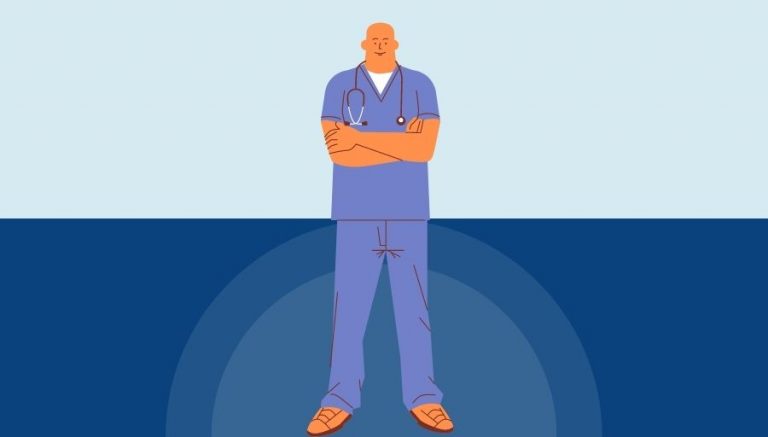How To Use CPT Code 43247
CPT 43247 describes the procedure of esophagogastroduodenoscopy with removal of foreign body(s) using a flexible transoral scope. This article will cover the official description, procedure, qualifying circumstances, appropriate usage, documentation requirements, billing guidelines, historical information and billing examples.
1. What is CPT Code 43247?
CPT 43247 can be used to describe the procedure of esophagogastroduodenoscopy with removal of foreign body(s) using a flexible transoral scope. This code is used when a healthcare provider examines the esophagus, stomach, and first portion of the small intestine to identify and remove foreign bodies that may be causing a blockage or obstruction.
2. Official Description
The official description of CPT code 43247 is: ‘Esophagogastroduodenoscopy, flexible, transoral; with removal of foreign body(s).’ It is important to note that this code should not be reported in conjunction with certain other codes, as specified in the notes.
3. Procedure
- The healthcare provider inserts a flexible esophagogastroduodenoscope through the patient’s mouth and navigates it through the upper gastrointestinal tract.
- Using the scope, the provider inspects the esophagus, stomach, and first portion of the small intestine for any foreign bodies that may be causing a blockage or obstruction.
- If a foreign body is identified, the provider uses a grasping instrument inserted through the working channel of the scope to remove it.
- Once the foreign body is successfully removed, the provider withdraws the esophagogastroduodenoscope from the patient.
4. Qualifying circumstances
CPT 43247 is used when a patient has a foreign body in the upper gastrointestinal tract that requires removal. This could include objects such as pieces of meat, other foodstuffs, or swallowed objects that cannot easily pass through the intestinal tract. The procedure is performed using a flexible transoral scope by a qualified healthcare provider.
5. When to use CPT code 43247
CPT code 43247 should be used when a healthcare provider performs an esophagogastroduodenoscopy with the specific purpose of removing foreign body(s) from the upper gastrointestinal tract. It should not be used for other procedures or when the removal of foreign bodies is not the primary focus of the examination.
6. Documentation requirements
To support a claim for CPT 43247, the healthcare provider must document the following information:
- Reason for the procedure, including the presence of a foreign body and the need for removal
- Details of the procedure, including the use of a flexible transoral scope and the specific foreign body(s) removed
- Date and duration of the procedure
- Any complications or additional interventions performed
- Signature of the healthcare provider performing the procedure
7. Billing guidelines
When billing for CPT 43247, ensure that the procedure meets the specific criteria outlined in the official description. It is important to note that CPT 43247 should not be reported in conjunction with certain other codes, as specified in the notes. Additionally, if fluoroscopic guidance is performed during the procedure, a separate code (76000) should be used.
8. Historical information
CPT 43247 has undergone historical changes, including code additions and changes to the official description. The most recent change occurred on January 1, 2015, when the description was updated to specify the removal of foreign body(s) using a flexible transoral scope.
9. Examples
- A healthcare provider performs an esophagogastroduodenoscopy with removal of a fish bone lodged in the patient’s esophagus.
- During the procedure, the provider identifies and removes a piece of meat that was causing an obstruction in the patient’s stomach.
- A patient presents with abdominal pain, and an esophagogastroduodenoscopy reveals the presence of a foreign body in the duodenum, which is successfully removed by the provider.
- A child accidentally swallows a small toy, and the healthcare provider performs an esophagogastroduodenoscopy to remove it from the stomach.
- A patient with a history of swallowing difficulties undergoes an esophagogastroduodenoscopy, during which the provider removes a previously ingested dental crown.
- During the procedure, the healthcare provider identifies and removes a button battery that was lodged in the patient’s esophagus.
- A patient presents with symptoms of gastrointestinal obstruction, and an esophagogastroduodenoscopy reveals the presence of a foreign body in the jejunum, which is successfully removed by the provider.
- A healthcare provider performs an esophagogastroduodenoscopy to remove a piece of glass that was causing an obstruction in the patient’s stomach.
- During the procedure, the provider identifies and removes a coin that was lodged in the patient’s esophagus.


